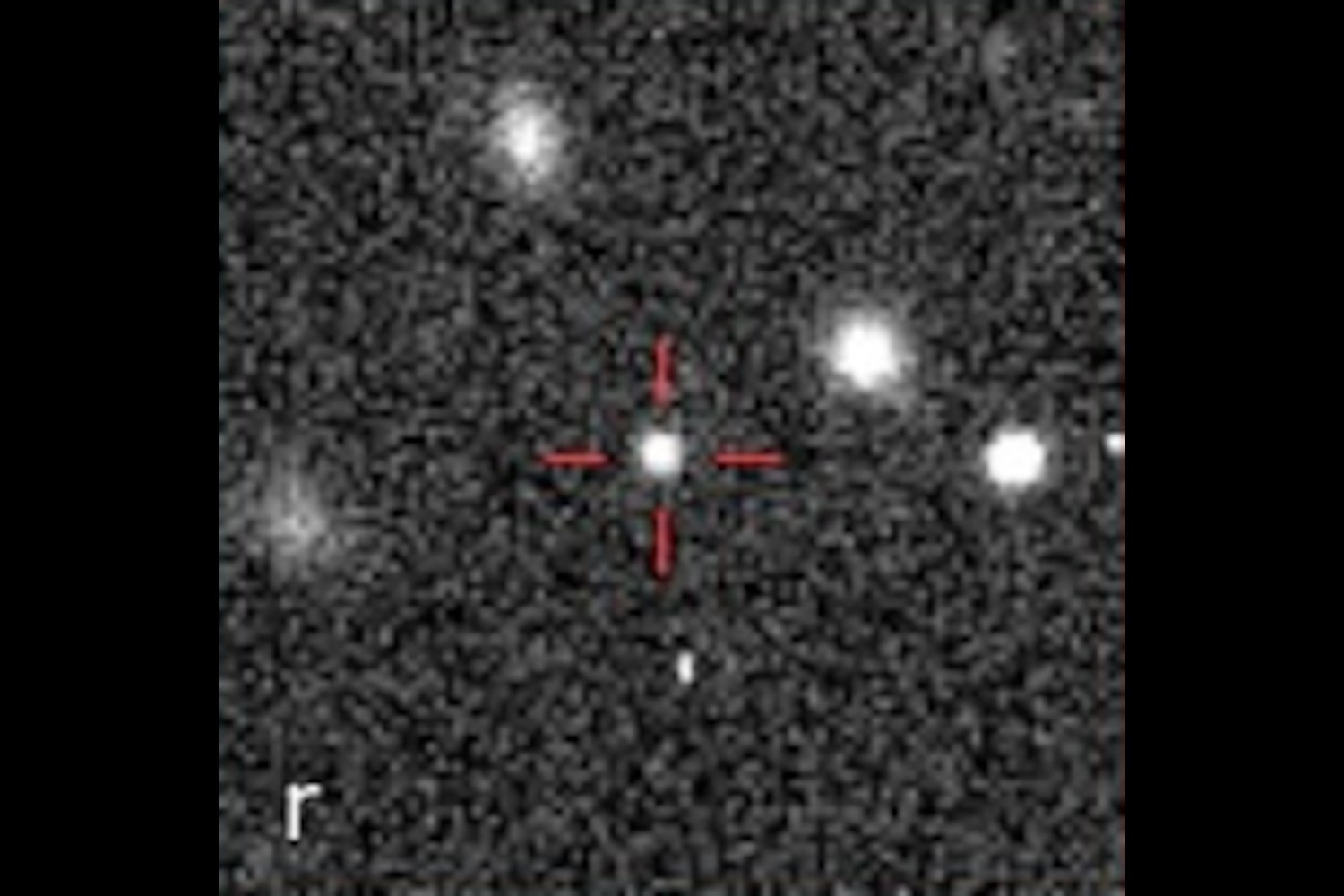There’s a new frozen oddball orbiting the Sun, and it’s not your average space rock. It’s a planet—a minor one, to be fair—but one of the largest yet discovered and with an orbit around the Sun that puts our own planet’s orbit to shame.
The minor world is dubbed 2017 OF201; the International Astronomical Union’s Minor Planet Center added the object to its catalog on May 21. Despite its classification, the planet measures somewhere between 290 and 510 miles (470 and 820 kilometers) across. Its upper size limit would put the minor planet in the same wheelhouse as Ceres, the largest asteroid in the belt between Mars and Jupiter, boasting a diameter of about 592 miles (952 km).
The team of astronomers—led by Sihao Cheng, a researcher at the Institute for Advanced Study—first spotted 2017 OF201 in archival images, but only now is the object officially recognized as a trans-Neptunian object, or TNO. TNOs are bodies in the solar system that orbit the Sun beyond Neptune, which is 30 times more distant from the Sun than the Earth. A preprint describing the discovery is hosted on the preprint server arXiv.
But 2017 OF201 is superlative even among the distant TNOs; its orbit takes it as far as 838 astronomical units from the Sun—making it nearly 30 times farther than Neptune, which again, is itself 30 times farther from the Sun than Earth is, on average. At its closest, as reported by EarthSky, 2017 OF201 comes within 45 AU of the Sun.

That remarkable orbit earns the minor planet the label of an extreme trans-Neptunian object (ETNO), a subset of distant rocks that fuel theories about mysterious gravitational forces at play in the far reaches of the solar system.
Which brings us, inevitably, to Planet Nine, the theorized distant world posited as a gravitational explanation for the strange clustering of objects in the Kuiper Belt. Other ideas have been floated to explain the phenomenon—such as a ring of debris exerting gravitational influence, or even a primordial black hole—but nothing grips our human fascination like a distant planet, so far away from our solar system’s other worlds that it’s never been observed.
Planet Nine, if it exists, would have to be a little over six times Earth’s mass, with an orbital period of about 7,400 years. The newly cataloged minor planet is big, but not Planet Nine big.
Still, discoveries like this keep astronomers buzzing. Just last month, a different team of astronomers found a different slow-moving object beyond Neptune—a would-be Planet Nine candidate, but it’s in the wrong place.
Objects like those recently reported add to the growing list of bodies that might eventually help pinpoint the elusive Planet Nine—or at least explain the strange movement of objects on the periphery of our solar neighborhood.
2017 OF201 isn’t the planetary heavyweight many have been waiting for, but it’s a reminder that the solar system is still full of surprises—especially in its frigid, hard-to-see suburbs.

Bir yanıt yazın